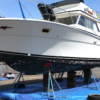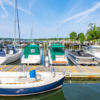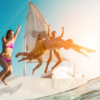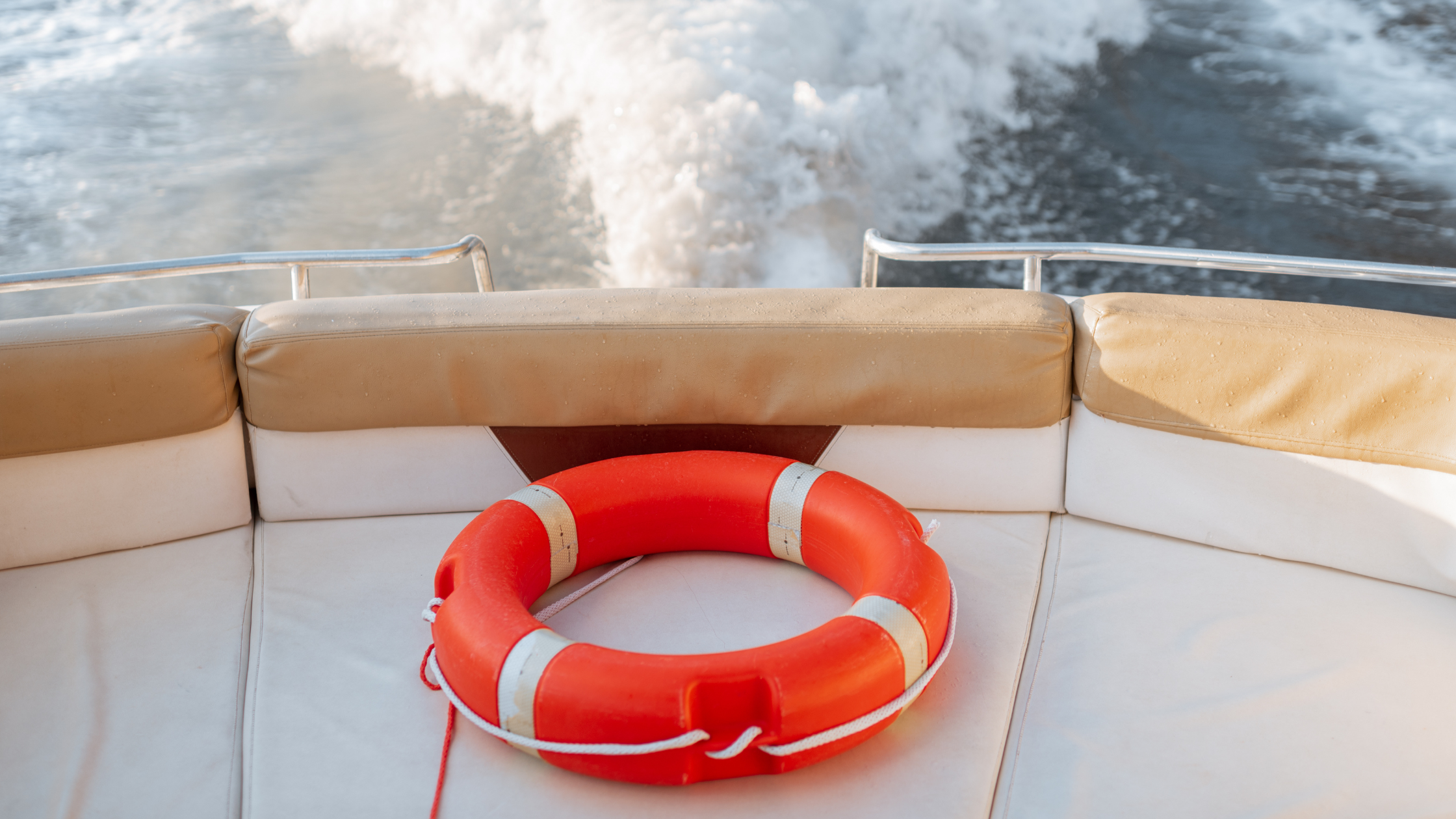
We don’t like to think about it. When we leave the dock on a perfect boating day in search of some maritime R&R or a little adventure, the last thing on our mind is something going wrong. We assume that if anything did go wrong, help would be a phone call or VHF hail away. Not always. What if your cell has no reception and your VHF radio isn’t working? How could you let other boaters in the area know you need help, or show potential rescuers where to find you? We’ll share a few techniques to signal for help when you really need it.
Accidents happen every day on the water. Unexpected issues like engine trouble, hitting a sand bar, or even a man overboard can leave you needing assistance. In the worst situations, being able to get help quickly could mean the difference between life and death. We’ll tell you the things you should carry on board that will enable you to get assistance quickly. Whether using manual methods or pyrotechnics, knowing how to signal for help is an essential skill for all boaters. That being the case, let’s refresh your boating knowledge, so you’ll know just how to signal for help in the event of an emergency – without a cell phone or VHF.
Having visual distress signals on your boat is a minimum equipment requirement for all recreational vessels according to the United States Coast Guard. What this means is that you need to have them on board at all times, and know how to use them. Let’s jump right in and go over some Coast Guard approved visual distress signals:
Daytime Distress Signals
Flag
The official distress flag for this purpose is orange, measures 3-feet by three-3 feet, and has at the center a black square above a black circle. It should be flown from the tallest accessible point on deck, so that other boats can easily spot it. Of course, if you don’t have a distress flag, take the brightest colored shirt on board and attach it to a broom handle or oar and wave it into the air. This method of signaling is not approved by the Coast Guard, but can do the trick when all else fails.
Signal Mirror
This is not the typical mirror you can pick up at the drug store. It’s specially designed for signaling purposes. To use it you need to place the mirror close to your eye and peek through the hole. Then extend your other arm and form a “V” with two fingers. Place the target in the “V” and slowly sweep the mirror so the reflected sunlight shows on your fingers. Continue signaling until rescued.
Your Arms
Yes, simply waving your arms is a universally recognized distress signal. To do it properly, stand and wave both arms from overhead to your hips.
Flares
Hand-held orange smoke flares emit a large cloud of bright orange smoke. The orange flares have proven to be more effective during the day than the standard red flares. The orange smoke also lingers in the air for a while for boaters to see. However, the smoke eventually fades, so only use flares when other boats or rescuers are in the vicinity – to get their attention or to help them locate you.
If you’re US Coast Guard-compliant, which we’re SURE you are, you have a set of flares inside your Coast Guard kit. You’ll find two types of required flares—daytime and nighttime. They’re divided by floating, handheld and aerial. Floating flares deploy in the water and emit orange smoke. You should use these for daytime use only. They last for a few minutes, and are visible for up to five miles.
Handheld flares either emit orange smoke (like the floating flares) or bright daytime flares. There are also handheld pyrotechnic flares for use day and night that shoot into the air like fireworks. These flares go higher and are visible from a greater distance – but burn for only a few seconds. They are typically used for alerting authorities or nearby vessels of our need for help rather than for finding your location.
You need to know what flares you have, when to use them, and how to use them safely, before you have need for them. For instance, proper steps should be made to protect your eyes and body when discharging. Flares can drip a hot melted element–called slag–as they burn. Proper use will allow hot slag to drip into the water–not onto your forearm, wrist or hand!
Nighttime Distress Signals
Flashlight
Rapidly turning on and off a flashlight or spotlight can catch the attention of anyone nearby. It’s also a good idea to honk your boat horn at the same time. If you don’t catch someone’s attention with the light, hopefully the sound will do the trick.
Lighted Beacons
The Coast Guard has approved certain lighted beacons as visual distress signals. They are safer to use than pyrotechnic flares and better for the environment. One popular and trusted light is the Sirius Signal Electronic Flare Distress Light. It’s actually approved as a day or night flare in coastal waters. Basically, it’s a powerful battery-powered device that flashes an SOS signal via an LED light that’s visible up to ten miles for up to sixty hours.
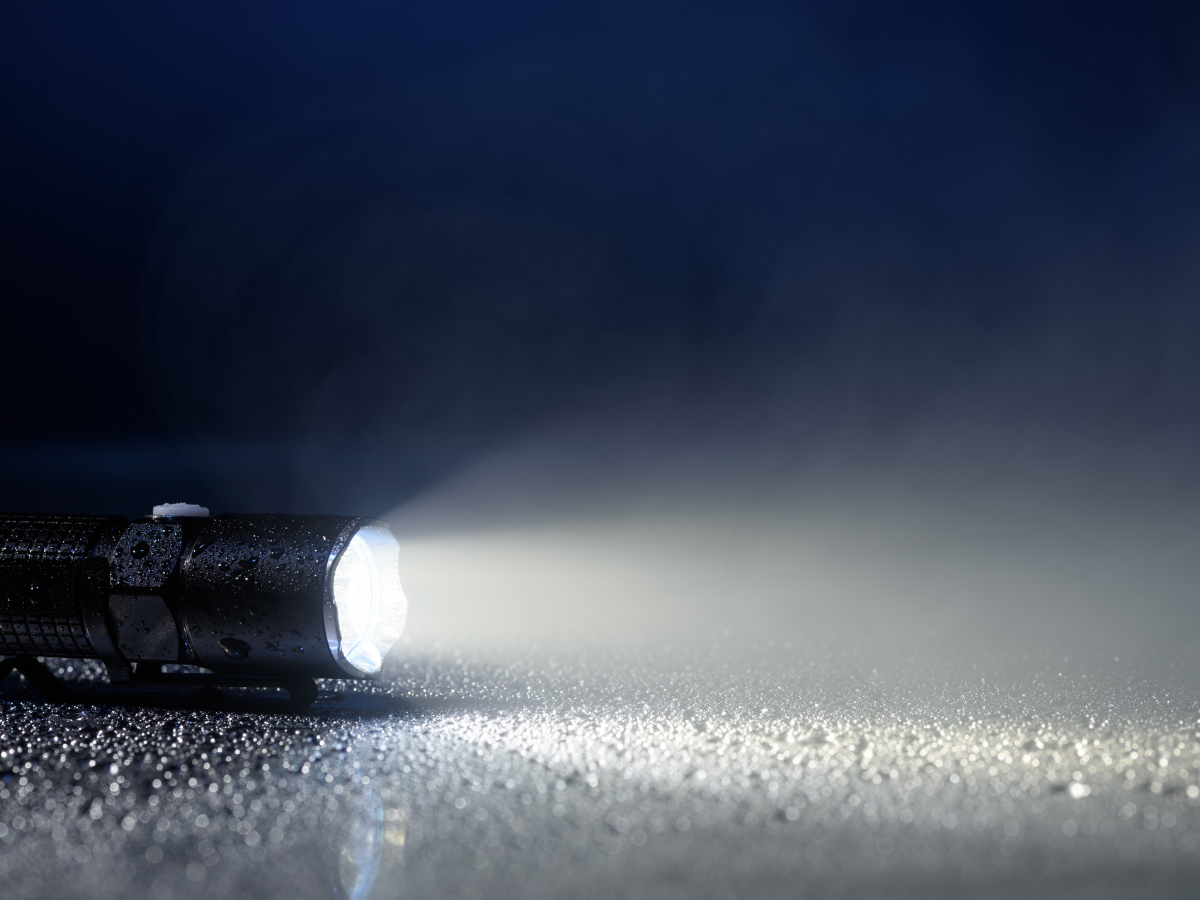
Aerial Gun Flares
These are flares that you shoot out of a handheld orange pistol. They’re pyrotechnic flares that go higher into the air than traditional flares, visible for about twenty-one miles for up to six seconds. There are also SOLAS parachute flares that are visible for about forty-seven miles and last for up to forty seconds.
Keep in mind that all pyrotechnic flares must be treated with the same care and handling you would a firearm. And, as we mentioned, they discharge hot slag that can burn you if you’re not using them safely. So, read the directions or get instruction before using flares. They are serious pyrotechnic equipment and can cause serious harm. Additionally, mark your calendar because by Coast Guard mandate, “all flares have a maximum shelf life of 42 months, after which they must be replaced and properly disposed of at a Coast Guard-approved facility.”
The law also states that “no person may use a distress signal under any circumstances unless assistance is needed because of immediate or potential danger to the persons onboard.” What does this mean for you? It means that you should never use a visual distress signal unless it’s a real emergency. Breaking this law comes with serious penalties! And, of course, always respond, without hesitation, to other boaters showing signs of distress.
Let’s keep our waters safe!




